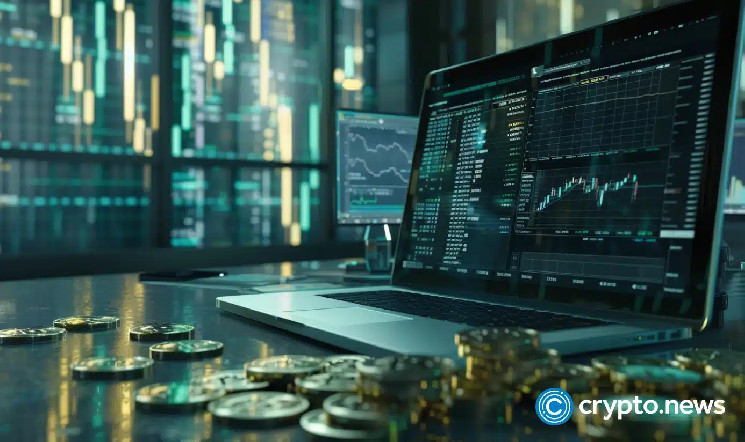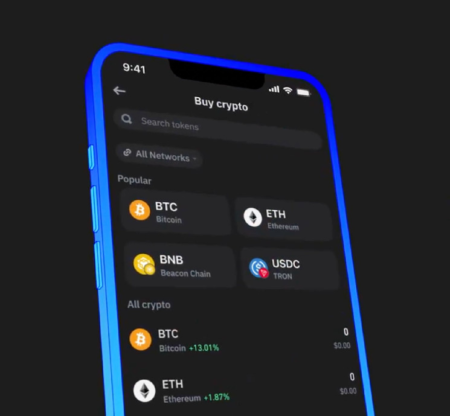Is WazirX prioritizing its own survival over user security with the “socialized loss strategy,” and how does this impact the Indian crypto community?
Table of Contents
On July 18, WazirX, India’s largest crypto exchange, faced a severe cyber attack. Hackers targeted one of their multisig wallets and made off with over $230 million worth of digital assets.
The attack saw the direct theft of 15,298 Ethereum (ETH), with the exploiter then swapping various tokens like Shiba Inu (SHIB), Polygon (MATIC), and Pepe Coin (PEPE) to gather a total of 59,097 ETH, impacting WazirX’s ability to maintain a 1:1 collateral with its assets.
Adding fuel to the fire, WazirX halted all trading activities as the prices on their platform crashed to levels far below those on other exchanges. Furthermore, WazirX has also frozen all withdrawals, both in crypto and INR, leaving customers unable to access their funds.
Given the scale of this incident, which affected 45% of user funds, the exchange’s trustworthiness, once boasted to over 15 million users, is now in serious doubt. To address this crisis, WazirX has proposed a controversial recovery plan.
On July 27, they announced a “socialized loss strategy,” aiming to distribute the losses among users to maintain platform stability. Under this plan, users will have immediate access to only 55% of their assets, while the remaining 45% will be locked in Tether-equivalent tokens.
This move, intended to prevent disproportionate impacts on any single group, has stirred stark backlash across social media. Many users feel betrayed by what they perceive as a blatant disregard for their assets’ security and integrity.
Let’s dive into the details and understand the public’s reaction to this contentious strategy.
Pick your poison, but you can’t cash out
WazirX’s controversial recovery plan, branded as the “socialized loss strategy,” has sparked heated debate among its users.
According to correspondence shared with affected users, the exchange presented a poll offering two options to recover their stolen funds.
“Option A” permits users to access 55% of their funds “for trading and deposits” but restricts withdrawals. This option also gives users priority in potential recovery proceeds.
On the other hand, “Option B” allows users to withdraw 55% of their assets “in a staggered manner,” but with a lower priority in the recovery queue.
In both scenarios, WazirX states that the remaining 45% of user assets will remain locked on the exchange as “USDT-equivalent tokens,” which would only be returned if the firm successfully recovers the stolen funds.
The value of the unlocked portfolio (55%) will be calculated based on average prices from CoinMarketCap and select global exchanges as of July 21, 2024, 8:30 PM IST.
Registered users received an email with detailed instructions and a link to select their preferred option. The deadline for responses is August 3, 2024, at 07:00 AM IST.
However, this poll is not legally binding upon the users or WazirX. The final decision will be made after considering the poll results, ongoing investigations, the platform’s liquidity, and any evolving circumstances, the platform announced on July 29.
Dear WazirX Tribe,
We appreciate your active participation in our recent poll from 27 July 2024. We want to clarify that this poll is a preliminary step to understand your opinions and is not legally binding upon the users or the WazirX platform.
We reassure you that this poll… pic.twitter.com/8BkbjhTCjM
— WazirX: India Ka Bitcoin Exchange (@WazirXIndia) July 29, 2024
This plan has led to widespread outrage and skepticism. Many users perceive this strategy as a way for WazirX to avoid full responsibility for the losses.
Moreover, the restriction on withdrawals, coupled with the non-binding nature of the poll, leaves users feeling that their assets are still at critical risk.
WazirX’s recovery plan faces fierce backlash
The public backlash against WazirX’s controversial recovery plan has been swift and severe.
Sumit Gupta, the co-founder and CEO of CoinDCX, was among the first prominent figures to criticize the exchange’s handling of the situation.
He mentioned on X that the burden of losses should primarily fall on WazirX itself, using its own treasury and assets, rather than making customers bear a 45% loss.
Hate to be saying this, but the way @WazirXIndia is handling this entire situation isn’t community first and this IMO won’t go down well for them. This sadly is also hurting the other ecosystem participants.
The first contribution to losses should ALWAYS come from the Company…
— Sumit Gupta (CoinDCX) (@smtgpt) July 29, 2024
Gupta also pointed out that the poll options were framed to protect the business rather than its customers, calling the approach “utter nonsense.”
Brian Kuttikat, COO of KoinBX, expressed a similar sentiment in an exclusive conversation with crypto.news, citing WazirX’s strategy of “socializing losses” as highly controversial.
He acknowledged the intentions behind the approach but questioned its effectiveness in offsetting the losses faced by affected users.
Meanwhile, the call for justice has grown louder, with many users demanding strict intervention and criminal proceedings against WazirX and its head, Nischal Shetty.
One user shared a letter addressed to a DCP officer, insisting on a CBI inquiry to determine whether the incident was a hack or an insider job.
CBI inquiry is imperative to determine whether this #Wazirx incident was a hack or an insider job. If it turns out to be a hack, I may offer my support in the future. However, uncovering the truth is my priority. and I am committed to pursuing justice relentlessly, even if
1/2 pic.twitter.com/Qmh2GmNJym
— Justice for WazirX Users (@IndiasCrypto) July 28, 2024
Further critiques of WazirX’s approach poured in from various quarters.
I haven’t been following the wazirx hack very closely but this looks insane. Is this even legal?!?!?! pic.twitter.com/v9JxWmLnqG
— Anmol Maini (@anmolm_) July 28, 2024
Kashif Raza, another vocal critic, outlined several flaws in the proposed solution. Raza argued that the snapshot for asset valuation should have been taken before the hack, criticized the allocation and profit usage of WRX tokens, and questioned the fairness of penalizing users with non-stolen tokens.
WazirX Solution is Not Acceptable?
1) The snapshot should have been taken on or before 18th July 2024.
2) WRX foundations were allocated 30% of WRX tokens. The team and Foundation made some money on WRX tokens that can be paid off.
3) Why should the users with Non-Stolen… pic.twitter.com/fW5JkC7NO9
— Kashif Raza (@simplykashif) July 29, 2024
Raza also raised concerns about tax liabilities on top of user losses and demanded transparency regarding WazirX’s financials and profit usage to compensate victims.
The overarching sentiment is one of betrayal and frustration, with many questioning the fairness, legality, and transparency of the recovery plan.
In the face of this backlash, Nischal Shetty, the head of WazirX, mentioned that the poll presented to users was a preliminary step to understand their opinions and is not legally binding.
1. This poll is a preliminary step to understand your opinions.
2. This poll is not legally binding upon the users or WazirX
3. We will soon launch feedback form to collect more ideas
4. We are now looking into next steps based on all the feedback receivedThis is a major… https://t.co/tcdDjWzIYI
— Nischal (Shardeum) 🔼 (@NischalShetty) July 29, 2024
Shetty assured users that a feedback form would soon be launched to gather more ideas and that the team is considering all the feedback received to determine the next steps.
Take the taxes and stay quiet
India has emerged as a global leader in crypto adoption, topping Chainalysis’s Global Crypto Adoption Index in September 2023. However, this enthusiasm appears to be one-sided, with the government and regulators maintaining a conspicuous silence on the subject.
In the 2022 budget, the government introduced stringent income tax rules for crypto transfers, taxing any income earned from these transactions at a hefty 30%. No deductions are allowed, except for the cost of acquisition, and losses cannot be offset against other income or carried forward to future years.
The irony is palpable: while the government is quick to tax crypto gains, it offers no safety net when things go awry.
Meanwhile, the Reserve Bank of India (RBI) has also been silent, with the last notable statement coming from Deputy Governor Shri T. Rabi Sankar in February 2022.
In his speech, he mentioned crypto’s risks to the financial system, comparing them to speculative assets with no intrinsic value. He warned of the destabilizing effects they could have on monetary policy and financial stability.
This approach has created a precarious environment for investors. On one hand, they face high taxes and strict regulations; on the other, they receive no support or protection from the government during crises, such as the ongoing WazirX fiasco.
At this point, both WazirX and the government seem to have prioritized their own interests over those of individual investors. The lack of transparency and support from both parties has left investors feeling abandoned and betrayed.
As India continues to lead in crypto adoption, it is imperative for the government to engage more actively and constructively with the industry. Ignoring the issue is not a viable long-term strategy.
You might also like: Goodbye, Gary: Donald Trump vows to fire SEC chief if elected
Read the full article here









